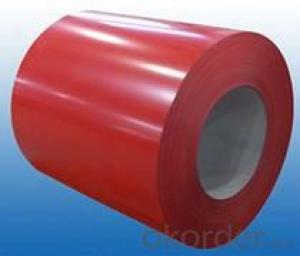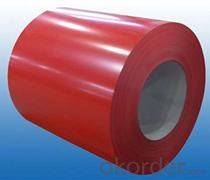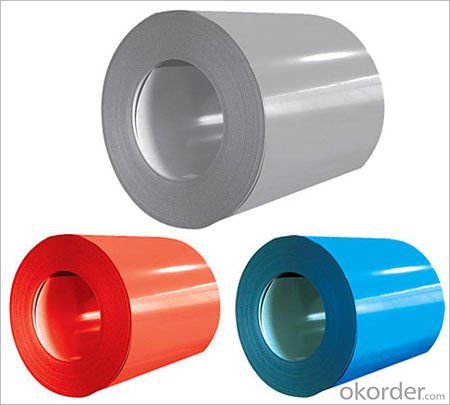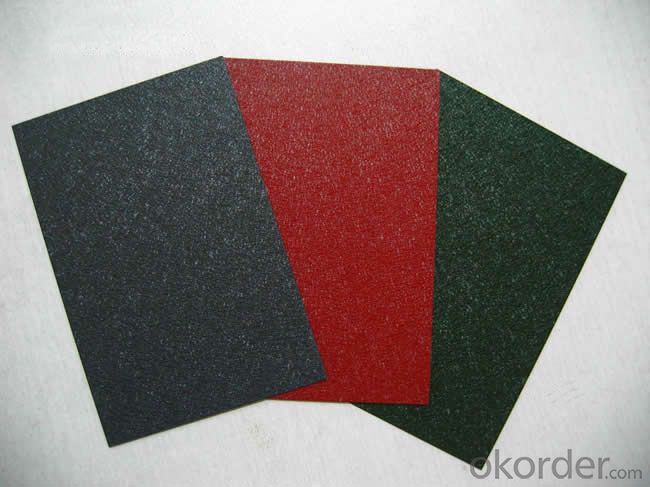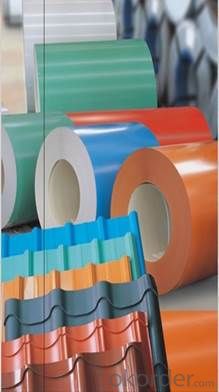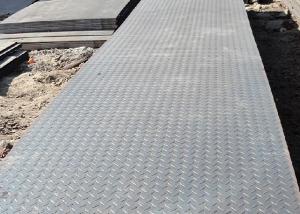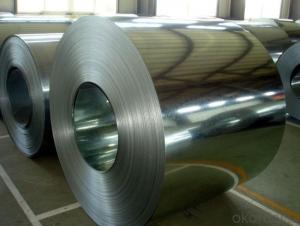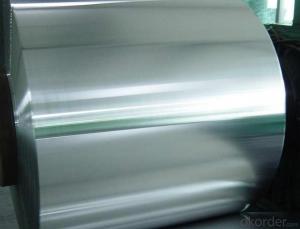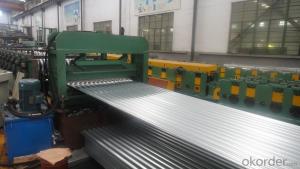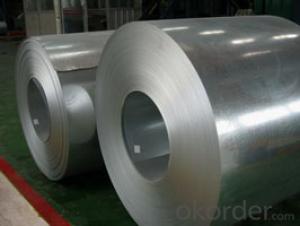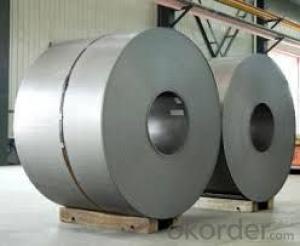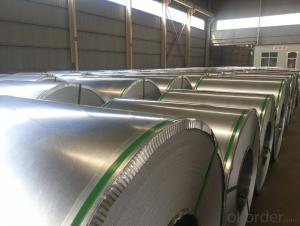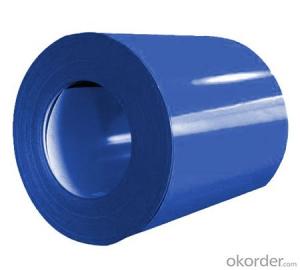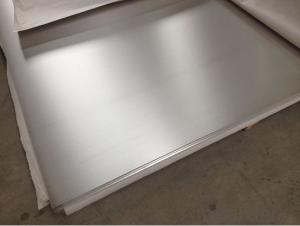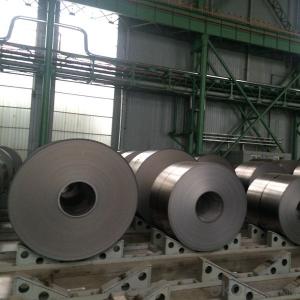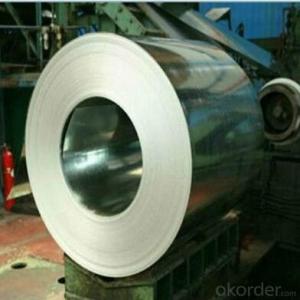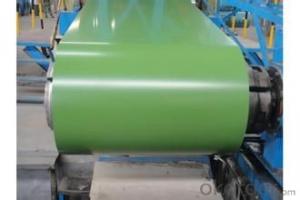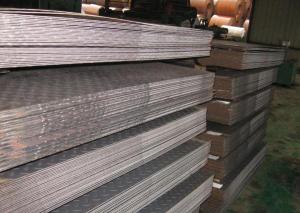Prepainted Hot dipped galvanized steel sheets/coils DX51D
- Loading Port:
- Tianjin
- Payment Terms:
- TT OR LC
- Min Order Qty:
- 25 m.t.
- Supply Capability:
- 200000 m.t./month
OKorder Service Pledge
OKorder Financial Service
You Might Also Like
1) AVAILABLE DESIGNATION OF (Prepainted galvanized steel coils) printed PPGI coils
Quality Q/BQB 440-2003 JIS G3312-1994 EN 10326-2004 ASTM A653-02a
EN 10327-2004 (BASE PLATE)
(BASE PLATE)
Commercial Steel TDC51D CGCC DX51D+Z/AZ CS Type A/B/C
Forming Steel (TSt01,TSt02,TSt03) CGCD1 FS Type A, Type B
Drawing TDC52D /TDC53D - DX52D+Z/AZ DDS TYPE A/C
Steel DX53D+Z/AZ
Structural TS280GD(TStE28) CGC400 S280D+Z/AZ SS275
Steel TS350GD(TStE34) CGC440 S350D+Z/AZ SS340 Class1
2) OUR SPECIFICATION OF (Prepainted galvanized steel coils) printed PPGI coils
Available Size:
Manufacturer Thickness Width Length of plate Inner diameter of coil
JIANGSU HUIYE STEEL SHEET CO.,LTD 0.2-1.2mm 800/914/1000/1200/1219/1250mm 1000-6000mm 508mm/610mm
Coated Mass OF (Prepainted galvanized steel coils) printed PPGI coils:
Base plate Available Coated Mass(g/m^2)
Galvanized Steel 80, 100, 120, 160, 180
Galvalume Steel 50, 70, 150
Available Painting OF (Prepainted galvanized steel coils) printed PPGI coils:
Category of Painting Item Code
Polyester PE
High-durability polyester HDP
Silicon modified polyesters SMP
Polyvinylidene fluoride PVDF
Easy-Cleaning —
Painting Thickness Top side: 20+5microns;
Bottom side: 5~7microns.
Color System Produce according to RAL Color System or as per buyer’s color sample.
Painting structure Top surface Bottom surface
Primer coating No coating 1/0
Primer coating Primer coating 1/1
Primer coating + Finish coating No coating 2/0
Primer coating + Finish coating Primer coating or single back coating 2/1
Primer coating + Finish coating Primer coating + Finish back coating 2/2
- Q: Can steel sheets be used for roofing?
- Yes, steel sheets can be used for roofing. Steel is a durable and long-lasting material that provides excellent protection against weather elements, making it a popular choice for roofing applications.
- Q: What are the different types of surface treatments available for steel sheets?
- Steel sheets have a variety of surface treatments available, each with specific purposes and unique advantages. 1. Hot-dip galvanizing: To prevent corrosion, steel sheets are immersed in molten zinc, forming a protective coating. This method offers excellent durability and corrosion resistance. 2. Electro-galvanizing: A thin, uniform layer of zinc is deposited onto the steel sheets through an electrochemical process. This treatment provides good corrosion protection and is often used for decorative purposes. 3. Powder coating: Dry powder is applied onto the steel sheets and then cured with heat. This treatment offers a durable and attractive finish while protecting against corrosion, UV rays, and chemicals. 4. Paint coating: Steel sheets can be coated with different types of paints, such as epoxy, polyurethane, and polyester. Paint coatings provide aesthetic appeal and protection against corrosion and weathering. 5. Phosphating: A phosphate coating is applied to enhance corrosion resistance and improve paint adhesion. This treatment is commonly used as a pre-treatment before painting or powder coating. 6. Chromate conversion coating: A thin layer of chromate is applied to enhance corrosion resistance and improve paint adhesion. This treatment is also known as chromating or passivation. 7. Anodizing: While primarily used for aluminum, anodizing can also be applied to steel sheets. This process creates an oxide layer that improves corrosion resistance and provides a decorative finish. 8. Pickling: Steel sheets are immersed in an acidic solution to remove impurities like scale and rust. Pickling leaves the steel sheets with a clean and smooth surface, ready for subsequent treatments. In conclusion, the choice of surface treatment for steel sheets depends on the intended application, desired appearance, and required level of corrosion resistance.
- Q: How are steel sheets protected during storage in outdoor environments?
- Steel sheets are protected during storage in outdoor environments through the application of various protective measures. These measures may include the use of weather-resistant coatings, such as galvanization or paint, to prevent corrosion and rusting. Additionally, steel sheets can be stored on pallets or racks to minimize contact with the ground and reduce the risk of moisture accumulation. Covering the sheets with tarpaulins or using weatherproof storage containers further shields them from direct exposure to rain, snow, and sunlight. Regular inspections and maintenance are crucial to ensure the effectiveness of these protective measures and to address any potential issues promptly.
- Q: Can steel sheets be used for shipping containers?
- Yes, steel sheets can be used for shipping containers. Steel is a common material used in the construction of shipping containers due to its strength, durability, and ability to withstand harsh weather conditions.
- Q: 16 what is the hardness of manganese steel plates?
- 16 hardness of manganese steel plate is 45 -50HRC.
- Q: Can steel sheets be used for structural purposes?
- Yes, steel sheets can be used for structural purposes. Steel sheets are commonly used in construction and engineering projects to provide strength and support to various structures such as buildings, bridges, and infrastructure. The high tensile strength and durability of steel make it an ideal material for structural applications.
- Q: Can steel sheets be used in the energy sector?
- Yes, steel sheets can be used in the energy sector. Steel is a versatile material that offers several advantages for various applications in the energy industry. It is commonly used in the construction of power plants, transmission towers, and infrastructure for renewable energy sources such as wind turbines and solar panels. In power plants, steel sheets are used in the fabrication of boilers, turbines, and other components. Steel's high strength and durability make it suitable for withstanding the high temperatures and pressures involved in power generation processes. It also offers resistance to corrosion and erosion, ensuring the longevity of critical equipment. Steel sheets are also utilized in the construction of transmission towers and substations. These structures support power transmission lines and facilitate the efficient flow of electricity across long distances. Steel's strong mechanical properties make it an ideal choice for these applications, as it can withstand the weight and stresses imposed by power transmission infrastructure. Furthermore, steel sheets are vital in the manufacturing of wind turbines and solar panels. In wind turbines, steel is used for the tower structure, which must be strong enough to support the weight of the rotor and withstand the loads from wind forces. Additionally, steel sheets are used in the construction of solar panel frames, providing rigidity and stability for the photovoltaic modules. Overall, steel sheets are widely used in the energy sector due to their strength, durability, and resistance to various environmental factors. The versatility of steel makes it a reliable choice for a range of applications, helping to support the generation and transmission of energy in both conventional and renewable energy sources.
- Q: How do steel sheets compare to aluminum sheets in terms of strength?
- In general, steel sheets exhibit greater strength than aluminum sheets. Steel possesses a reputation for its remarkable tensile strength, enabling it to endure substantial forces without distorting or fracturing. Conversely, aluminum sheets demonstrate lower tensile strength and are inclined to bend or distort when subjected to heavy loads. Nevertheless, it is important to acknowledge that aluminum sheets can still possess sufficient strength for numerous applications, particularly when taking into account their lower density when compared to steel. Moreover, aluminum sheets possess the advantage of being lighter in weight, resistant to corrosion, and exhibiting superior thermal conductivity in relation to steel sheets. Consequently, the decision between steel and aluminum sheets hinges upon the specific requirements of the project, taking into consideration factors such as strength, weight, resistance to corrosion, and thermal properties.
- Q: Can steel sheets be used for manufacturing shipping containers?
- Yes, steel sheets can be used for manufacturing shipping containers. Steel is a durable and strong material that provides excellent structural integrity, making it ideal for constructing shipping containers. Steel sheets are typically used to create the walls, roof, and floor of the container, ensuring the container can withstand the rigors of transportation and protect the goods inside. Additionally, steel is resistant to various weather conditions, corrosion, and pests, making it a reliable choice for shipping container manufacturing.
- Q: Can the steel sheets be easily drilled for fastening purposes?
- Yes, steel sheets can be easily drilled for fastening purposes.
Send your message to us
Prepainted Hot dipped galvanized steel sheets/coils DX51D
- Loading Port:
- Tianjin
- Payment Terms:
- TT OR LC
- Min Order Qty:
- 25 m.t.
- Supply Capability:
- 200000 m.t./month
OKorder Service Pledge
OKorder Financial Service
Similar products
Hot products
Hot Searches
Related keywords
